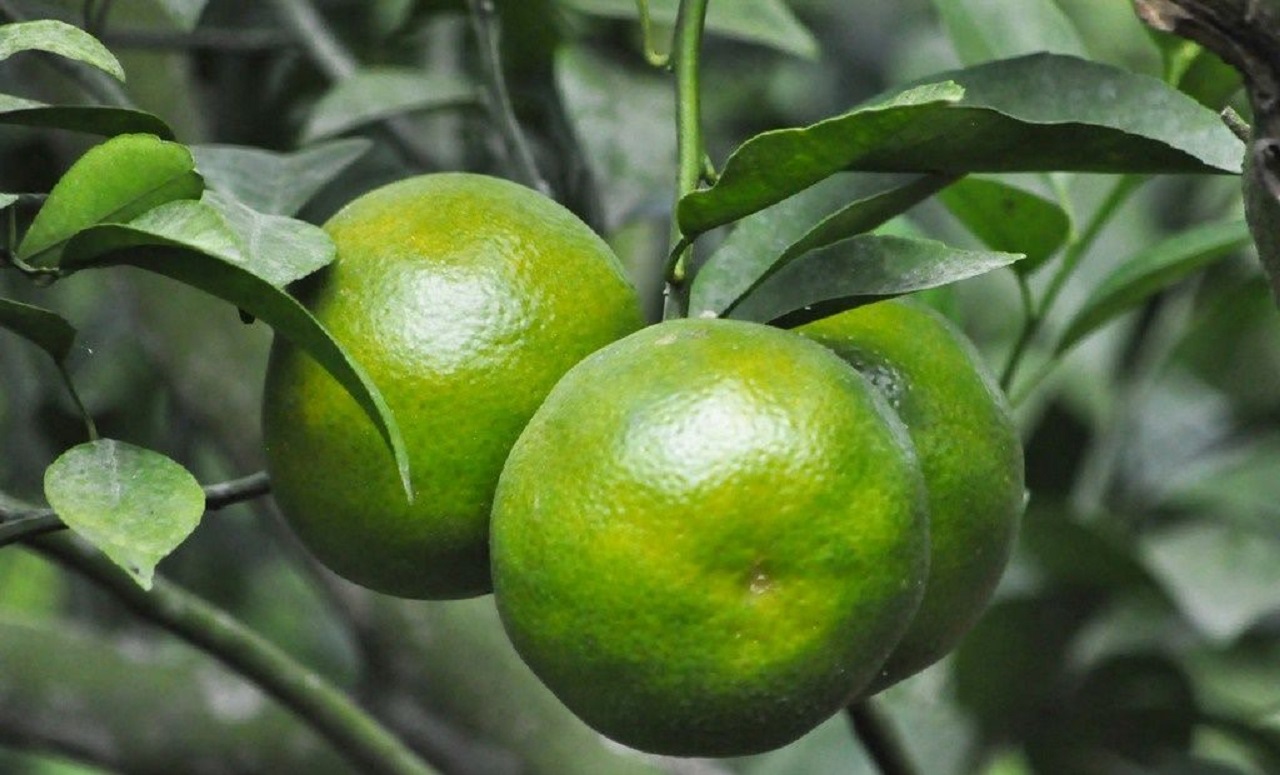In the area along the Cai Lon river, Long My district, the fertile alluvial soil makes it difficult to find delicious sweet tangerines. Long Tri tangerine has a sweet, succulent taste, slightly sour, but not sour with other tangerines. The thin, glossy skin also gives off a light aroma, when ripe it has an eye-catching lemon yellow color. The annual consumption is very high and is very popular with tourists every time they come here. The special thing is that after picking, tangerines can be kept for a long time without refrigeration, so it is suitable for tourists to bring this Hau Giang specialty as a gift.

Source: Collected internet.
Vietnam is a country on an S-shaped strip of land, located in the center of Southeast Asia, in the east of the Indochina peninsula, to the north by China, to the west by Laos and Cambodia, and to the southeast overlooking the sea. East and Pacific. Vietnam's coastline is 3,260 km long, and its land border is 4,510 km long. On land, from the northernmost point to the southernmost point (as the crow flies) is 1,650km long, from the easternmost point to the westernmost point the widest place is 600km (Northern region), 400km (Southern region), the narrowest place is 50km (Quang Binh).
Eight UNESCO world heritage sites stretch across Vietnam. Each place offers interesting perspectives on local life and majestic natural beauty. The Imperial Citadel and Hue mausoleums take you back to the Nguyen Dynasty full of ups and downs. Hoi An ancient town was once a bustling meeting point for ships and traders around the world. Throughout other provinces and cities, you will encounter ancient relics, poetic scenes, and vivid pieces that create the picture of Vietnamese heritage.
The cultural identity of ethnic groups is clearly expressed in community life and in economic activities from customs, costumes to culinary styles. Below are the unique features of Vietnamese culture that you can learn about.
Vietnam's history began from 1 to 2 thousand years BC. Over many centuries with the Ly, Tran, Le, and Nguyen dynasties, from the mid-19th century, Vietnam became a French colony. After the August Revolution, the Democratic Republic of Vietnam was born. The Battle of Dien Bien Phu in 1954 marked the end of the French in the territory, but Vietnam was divided into two countries: the Democratic Republic of Vietnam in the North and the Republic of Vietnam in the South. After the events of April 30, 1975, Vietnam was unified and from July 2, 1976, officially named the Socialist Republic of Vietnam.